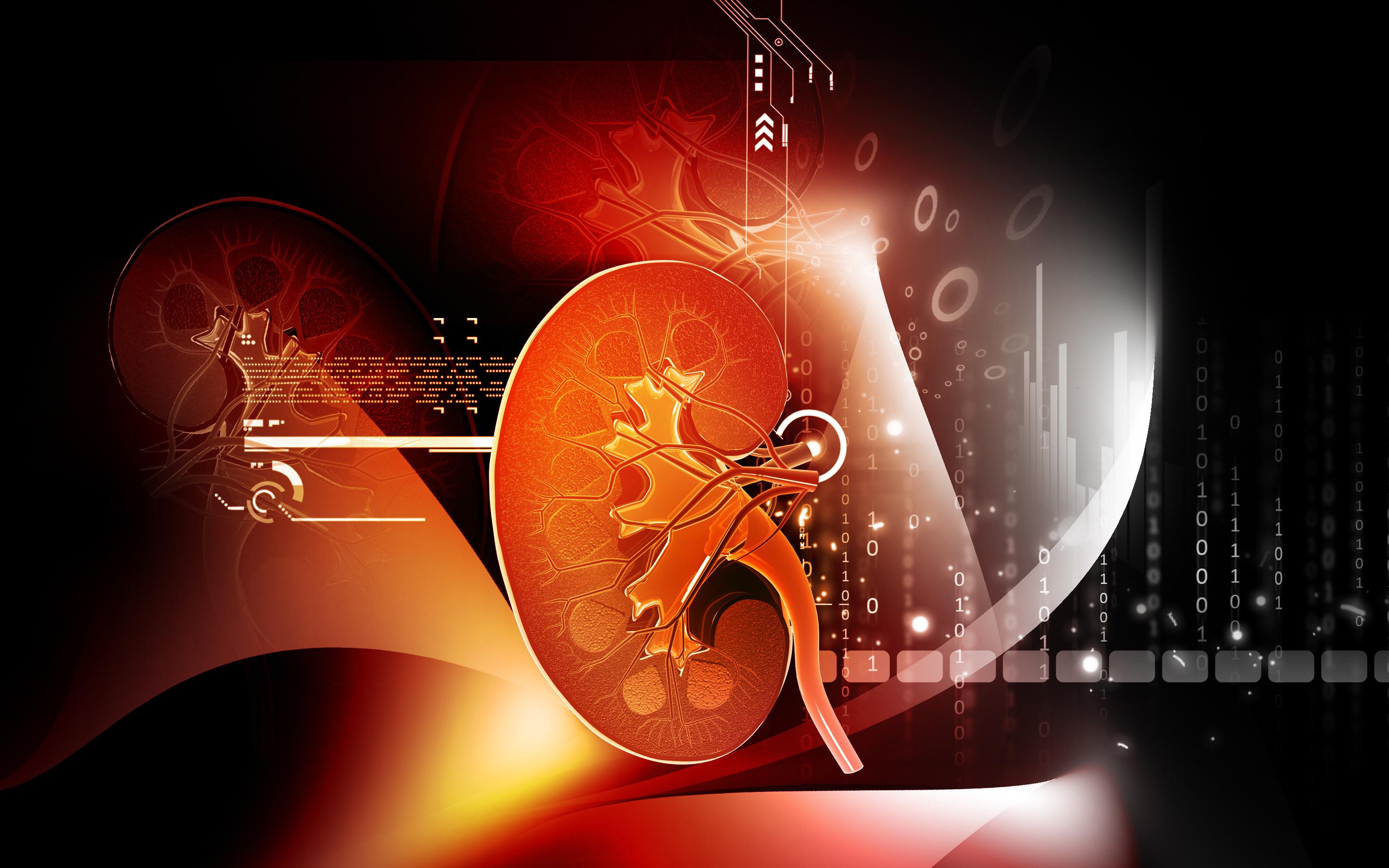Article
Initial eGFR Dips Common with SGLT2 Inhibitors, Not Typically Associated with Negative Outcomes
An analysis of the DAPA-HF trial provides insight into the occurrence of eGFR dips in the first 14 days following initiation of therapy with an SGLT2 inhibitor and their association with long-term outcomes.
This article was originally published on Endocrinology Network's sister publication, PracticalCardiology.com.

An analysis of the DAPA-HF trial provides an overview of the occurrence of initial dips in estimated glomerular filtration rate (eGFR) after initiating therapy with dapagliflozin and the association with long-term prognosis.
A post hoc analysis of the Dapagliflozin and Prevention of Adverse outcomes in Heart Failure (DAPA-HF) trial, results demonstrate nearly 70% of patients receiving dapagliflozin experienced a decline in eGFR within 14 days of initiating treatment, but these declines were not associated with increased risk of negative outcomes and did not exceed 20% in the majority of patients, which investigators suggest provides support against discontinuation based on an initial decline in eGFR that does not exceed 30%.
“Although a decline in eGFR is generally associated with a poorer prognosis in most situations, an initial decline in eGFR with an SGLT2 inhibitor was instead associated with better cardiovascular outcomes and a slower rate of decline in kidney function,” investigators wrote.
Although SGLT2 inhibitors have demonstrated safety and efficacy in a host of clinical trials examining multiple agents within the class, optimizing implementation strategies has proven difficult. Among the remaining concerns cited by many clinicians is the initial decline in eGFR observed with these agents in clinical trials.
To bring further clarity to this phenomenon and its impact on outcomes, a team of colleagues representing institutions in the US and Europe designed their study to assess the frequency of eGFR dips 10% or greater within the first 14 days of initiating therapy and its associations with worsening heart failure or cardiovascular death using data from DAPA-HF in a time-to-event analysis using Cox regression and mixed effect models to assess eGFR slopes.
Of the 4744 patients included in the DAPA-HF trial, 4618 had data available to calculate change in eGFR from baseline to 14 days, with 4498 having data to calculate from baseline to 60 days and 4416 having sufficient data to calculate from baseline to 120 days. Initial analysis indicated the adjusted mean change in eGFR at 14 days was -4.2 (95% CI, -4.6 to -3.9) and -1.1 (-1.5 to -0.7) ml/min/1.73m2 among the dapagliflozin and placebo arms, respectively, yielding a placebo-corrected difference of -3.1 (-3.7 to -2.6) ml/min/1.73m2.
Overall, 69.4% of patients randomized to dapagliflozin experienced some decline in eGFR from baseline to day 14 compared to 52.7% of the placebo arm of the trial (OR, 2.03 [95% CI, 1.80 to 2.29]; P <.001). Investigators pointed out the proportion of patients receiving dapagliflozin who experienced declines in eGFR of more than 10% or more, more than 20% or more, and more than 30% were38.2%, 12.6%, and 3.4%, respectively. Factors associated with an increased likelihood of experiencing an eGFR decline greater than 10% included older age, lower baseline eGFR, higher ejection fraction, and type 2 diabetes.
Further analysis comparing outcomes of those with eGFR declines greater than 10% against those with eGFR declines of 10% or less than indicated the risk of a primary outcome event was 45% greater among those in the placebo arm who experienced an eGFR decline greater than 10% compared to those without such a decline. Compared to those in the placebo arm with an eGFR decline greater than 10% those in the dapagliflozin arm with an eGFR decline greater than 10% had a 27% lower risk of experiencing a primary outcome event (HR, 0.73 [95% CI, 0.59 to 0.91]; P <.001).
“We suggest that physicians should not discontinue SGLT2 inhibitors unless the eGFR decreases by more than 30% (and not below 20 ml/min/1.73m2). Physicians should also recognize that the nadir in eGFR occurs early after starting an SGLT2 inhibitor and the initial dip in eGFR partially reverses over the subsequent 6-8 weeks,” investigators wrote.
This study, “Initial Decline ("dip") in Estimated Glomerular Filtration Rate Following Initiation of Dapagliflozin in Patients with Heart Failure and Reduced Ejection Fraction: Insights from DAPA-HF,” was published in Circulation.




